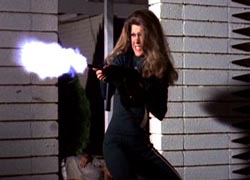
 I get why Showgirls 2 exists. What I don’t get is why it has to run for an utterly unbearable two and a half hours. Full of sequins and glitter and fake tits, the movie is so intentionally camp, prepare to be asked to write your name in your underwear.
I get why Showgirls 2 exists. What I don’t get is why it has to run for an utterly unbearable two and a half hours. Full of sequins and glitter and fake tits, the movie is so intentionally camp, prepare to be asked to write your name in your underwear.
An unofficial sequel to Paul Verhoeven’s notorious 1995 flop, Showgirls 2: Penny’s from Heaven focuses on the minor Showgirls character of Penny Slot (get it?), played by Rena Riffel, who also serves as writer, director, producer and editor of this mess. Just because it is in on its own joke doesn’t mean its creative chaos can be overlooked.
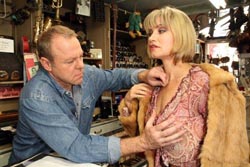 After a testy exchange will a fellow dancer/stripper (“You stole my customer!” “You stole my G-string!”), Penny flees Vegas for Hollywood to chase her dream of being the gooey center of the Star Dance television show. But first, she has to pour hot sauce on her bare chest, become an escort, learn ballet, have a lesbian relationship, consider taking part in a snuff film, and so on and so on.
After a testy exchange will a fellow dancer/stripper (“You stole my customer!” “You stole my G-string!”), Penny flees Vegas for Hollywood to chase her dream of being the gooey center of the Star Dance television show. But first, she has to pour hot sauce on her bare chest, become an escort, learn ballet, have a lesbian relationship, consider taking part in a snuff film, and so on and so on.
I’m guessing that maybe the underfunded but overstuffed movie plays better for those who have turned the original Showgirls into a contemporary cult classic, since I don’t remember Riffel even being in Showgirls. (She wrangled three other actors into reprising their roles; I remember only one.) Nonetheless, when it comes to matching the original’s atrocious dialogue, Riffel strikes the right chord. Example: “I don’t know what’s worse: your dancing or your camel toe.” Another: “You know, there’s an art to a good wiener.”
See, Showgirls 2 doesn’t even try to be a glitzy melodrama as Verhoeven did and failed; instead, Riffel goes straight for the self-aware comedy. In Penny, Riffle has the ditzy-sex-bomb thing down pat, and for the movie’s first several minutes — 15, 20 at the most, maybe? — I laughed along with her as she brushed her teeth with cocaine or tried to think of how she old she is. But even the best joke gets old when you keep telling it, and that’s what Riffel does, ultimately dooming its prospects. Something like this should be 75 minutes, tops, especially for projects with porno production values. —Rod Lott


 To the surprise of no one,
To the surprise of no one, 
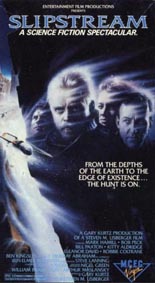
 From
From 

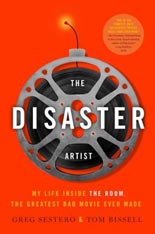
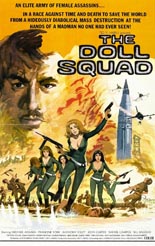
 After an American rocket is blown to smithereens shortly after launch, an IBM computer so big that it fills a room suggests the “most capable” persons to call upon in this time of government crisis would be …
After an American rocket is blown to smithereens shortly after launch, an IBM computer so big that it fills a room suggests the “most capable” persons to call upon in this time of government crisis would be … 